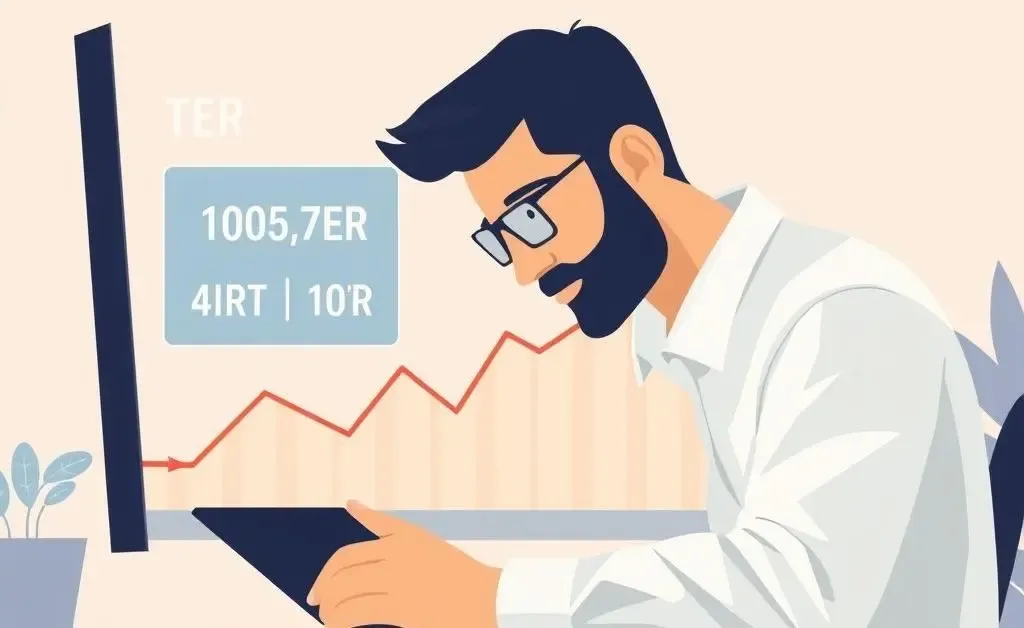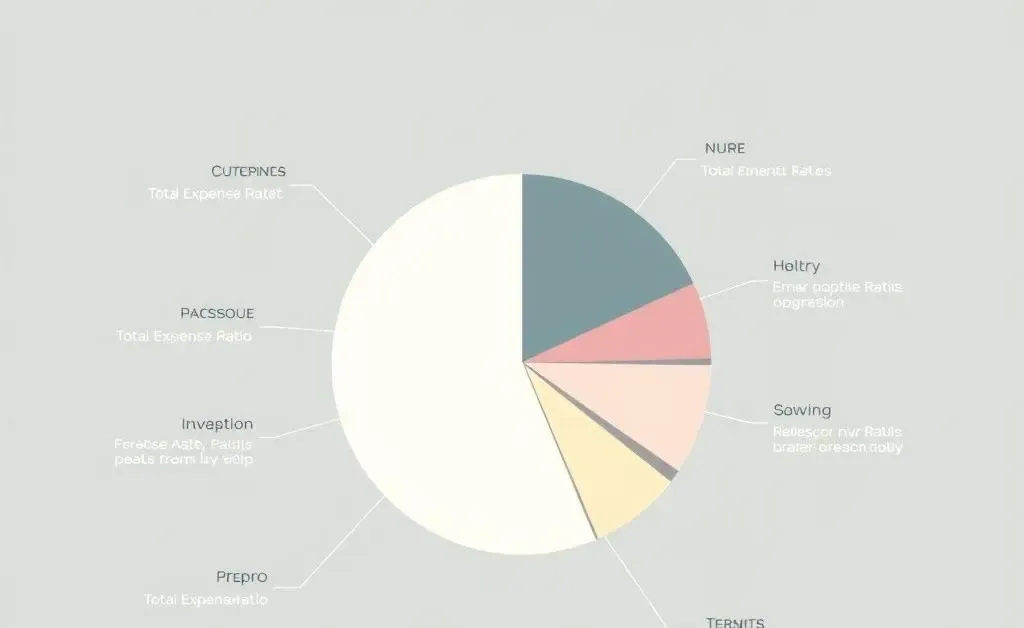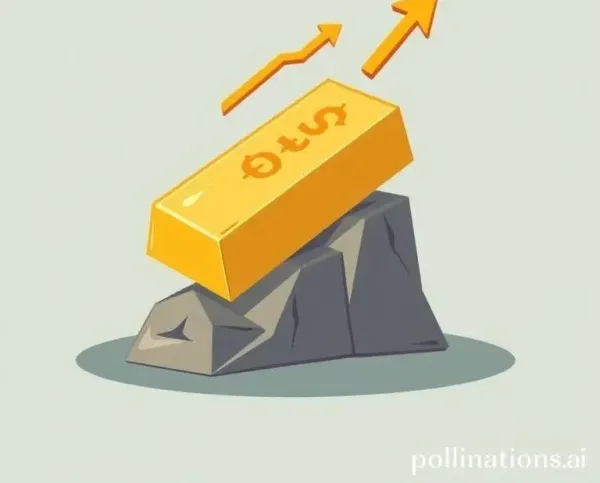Understanding TER and Its Impact on Your Investing Strategy
Discover strategies to manage costs in your investment journey, focusing on TER and smart finance tips.

Have you ever pondered just how much those small costs add up in your investment portfolio? Enter the world of Total Expense Ratio (TER), an often underestimated factor in your investing strategy. Let's dive into why it's crucial and how it can affect your financial planning.
What is Total Expense Ratio (TER)?
TER is essentially the percentage of a fund's assets that go toward covering administrative and other costs. While it might seem minuscule at first glance, over time, these costs can significantly impact your returns.

Why You Should Care About It
Imagine you're hosting a small gathering of friends. You buy snacks and drinks without adding up the total cost. By the time the evening ends, you realize you've spent way more than anticipated. Investing without considering TER is somewhat similar. Even if a fund’s returns seem promising, a high TER can eat into those gains, just like those party snacks can gobble up your wallet.
- Lowering TER means more money stays in your pocket.
- Comparative shopping among funds can lead to significant savings.
- Focus on long-term growth rather than short-term costs.
How to Mitigate High Costs
Here are some practical steps to manage these costs effectively:

Shop Around
Always compare the TER of different funds. Look for funds that offer the same level of risk and potential return but with a lower TER.
Long-term Focus
Investing is often likened to a marathon rather than a sprint. Prioritizing short-term gains can sometimes be detrimental. Instead, focus on your long-term financial goals. Lower TER can enhance growth potential over time.

The Personal Touch
Consider this fictional tale: Alex, a budding investor, initially ignored TER when choosing funds. However, after realizing its impact over a coffee chat with a financially-savvy friend, Alex adjusted their strategy. Now, Alex enjoys a calm mindset, knowing costs are minimized and returns maximized.
Conclusion: The Road Ahead
By paying closer attention to TER, you can better navigate your investment journey. It's an invaluable step in making your money work harder for you. Have you reviewed the cost structure of your investments recently? How do you integrate cost management into your investing decisions?




